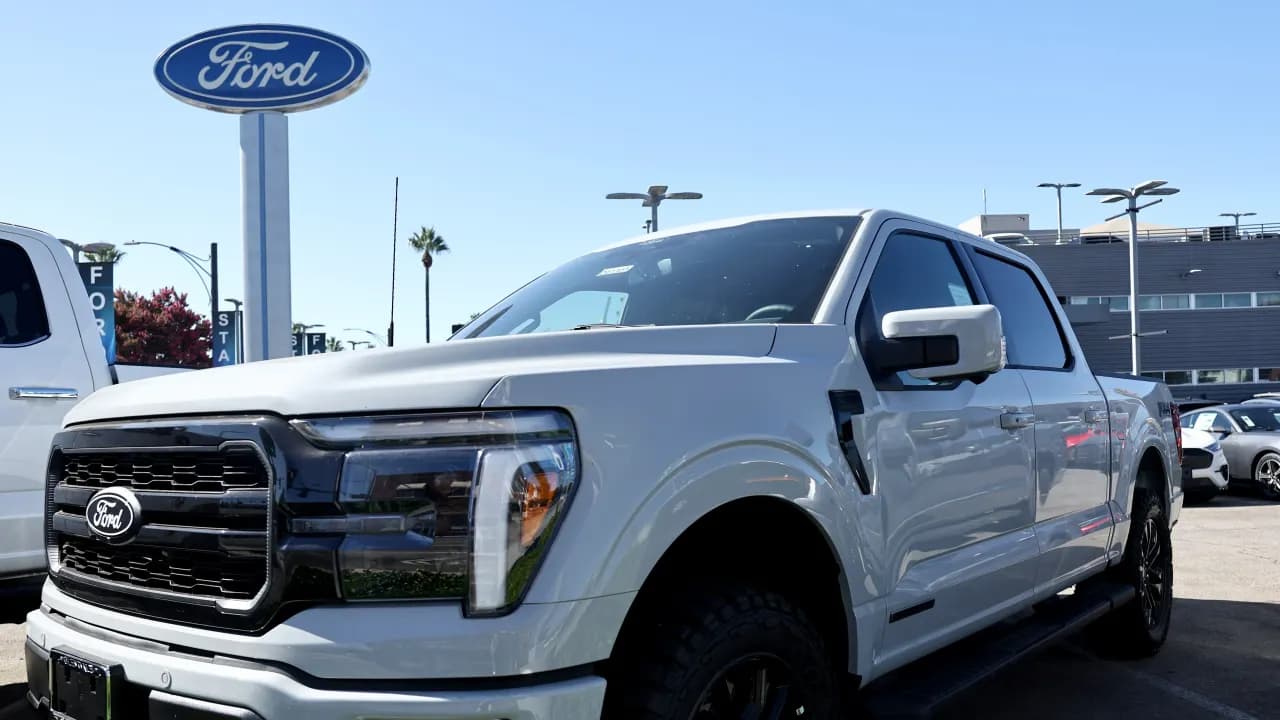American vehicles remain a rare sight in Japan and Europe due to size, driving standards, and market fit.
U.S. President Donald Trump has often criticized Japan and Europe for buying few American-made cars, but the issue has less to do with tariffs and more to do with the product not meeting market needs.
In Tokyo, London, and other cities around the world, U.S. vehicles are seen as too big and impractical for their narrow streets and compact lifestyles, Reuters reported.
In Japan, American cars remain rare. Of 3.7 million new cars sold last year, only about 570 Chevrolets, 450 Cadillacs, and 120 Dodges were sold. Ford exited Japan nearly a decade ago.
Meanwhile, Tesla is reportedly gaining popularity as it makes sleeker cars. Jeep sold just under 10,000 vehicles in Japan, making it the most popular American brand in the country.
Enthusiasts like Yumihito Yasue, who runs a vintage American car shop in Tokyo, cite the design and nostalgia as key appeals. However, left-hand drive vehicles remain a challenge, and “kei” cars, which are small, fuel-efficient models not made by U.S. automakers, dominate the market.
Some U.S. automakers are adapting. GM now offers the Corvette in right-hand drive, with roughly 80% of recent buyers being new customers. Jeep owner Stellantis continues to promote lifestyle branding, including a recent collaboration on a pink Wrangler with “Jurassic World.”
Mercedes-Benz and BMW lead foreign luxury sales in Japan.
However, large U.S. vehicles face challenges overseas. Daniel Cadwell, a U.S. expat in Tokyo, said: “They are just excessively big… it is highly challenging for a car of that sort to be seen as attractive in Japan.”
In Europe, smaller U.S. models, such as the Ford Puma, have fared better, but overall demand for large pickups and SUVs, like the F-150 and Escalade, remains limited.
“We don’t buy Ford F-150s, that’s not what our roads are scaled for, it’s not what our customers want,” said Andy Palmer, former CEO of Aston Martin.
Ford’s European sales fell from 1.26 million in 2005 to 426,000 in 2024. GM exited the market in 2017 but returned in 2023 with the Cadillac Lyriq, which sold only 1,514 units last year.
Trump has also pushed South Korea to open its market. U.S. models make up only 16% of the import segment, which is dominated by German brands.
On Stocktwits, retail sentiment was ‘bullish’ for Ford Motor (F), and ‘bearish’ for General Motors (GM) and Stellantis (STLA), with message volume ‘low’ for F and STLA, and ‘extremely low’ for GM.
So far this year, F is up 16.2%, GM has gained 2.1%, while STLA is down nearly 30%.
For updates and corrections, email newsroom[at]stocktwits[dot]com.<
